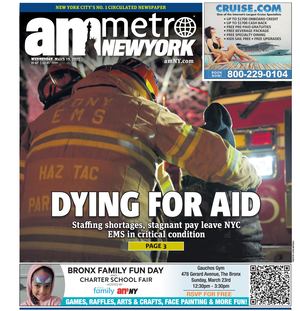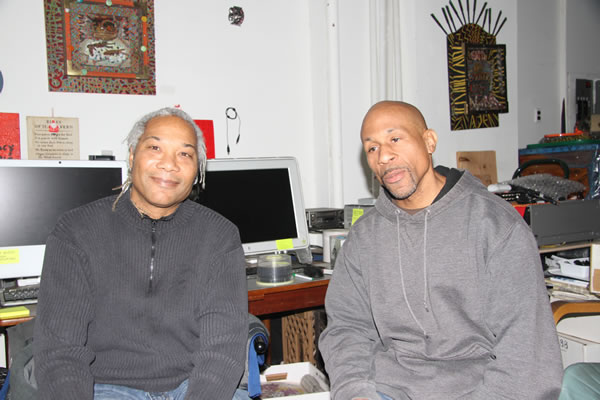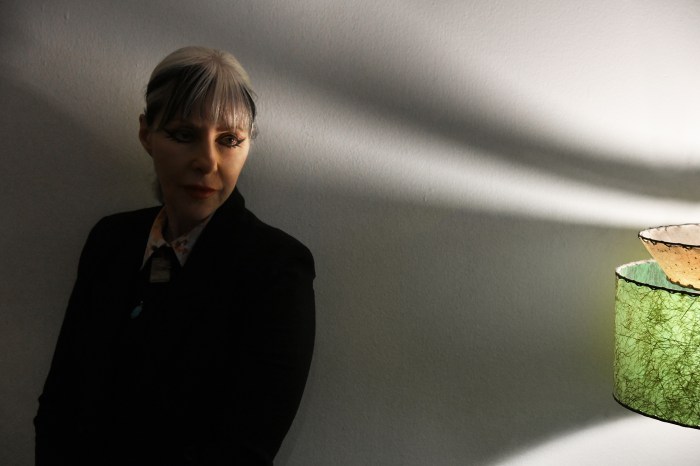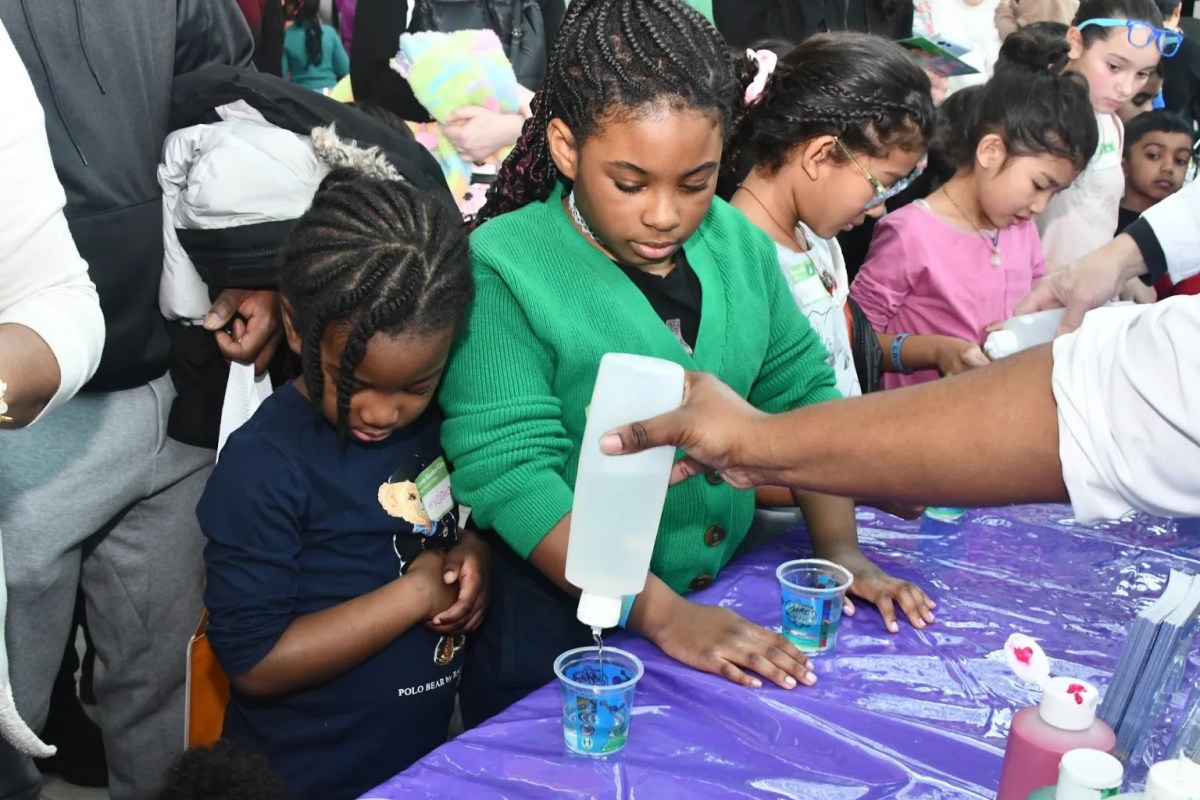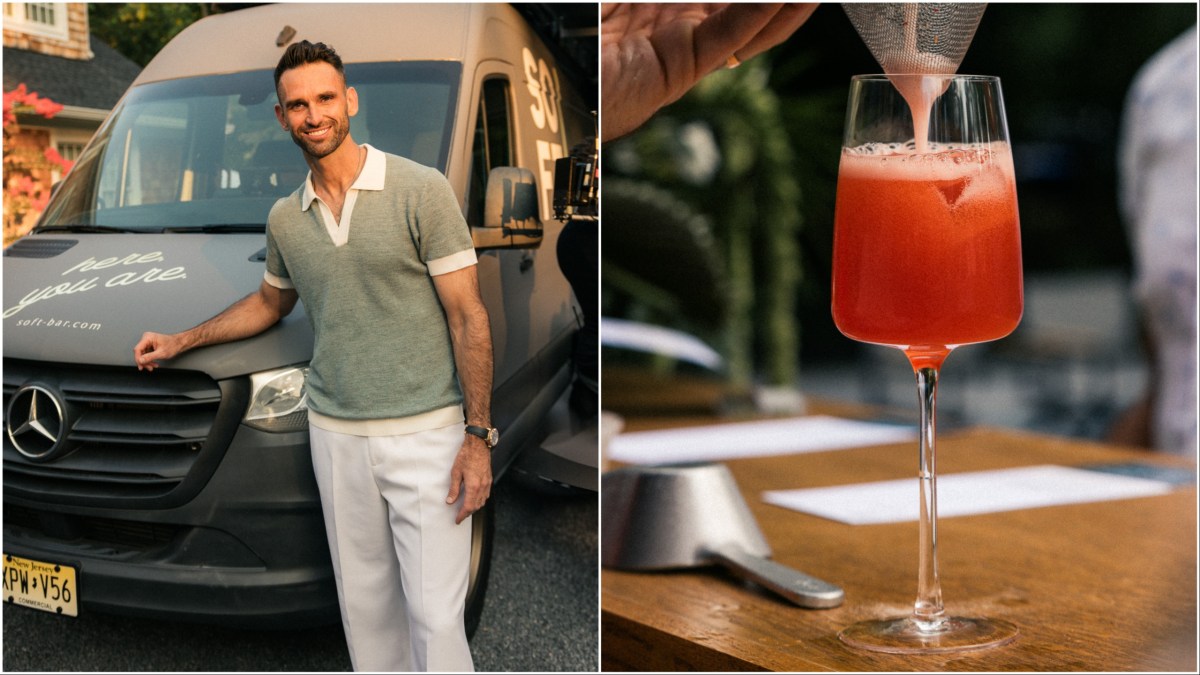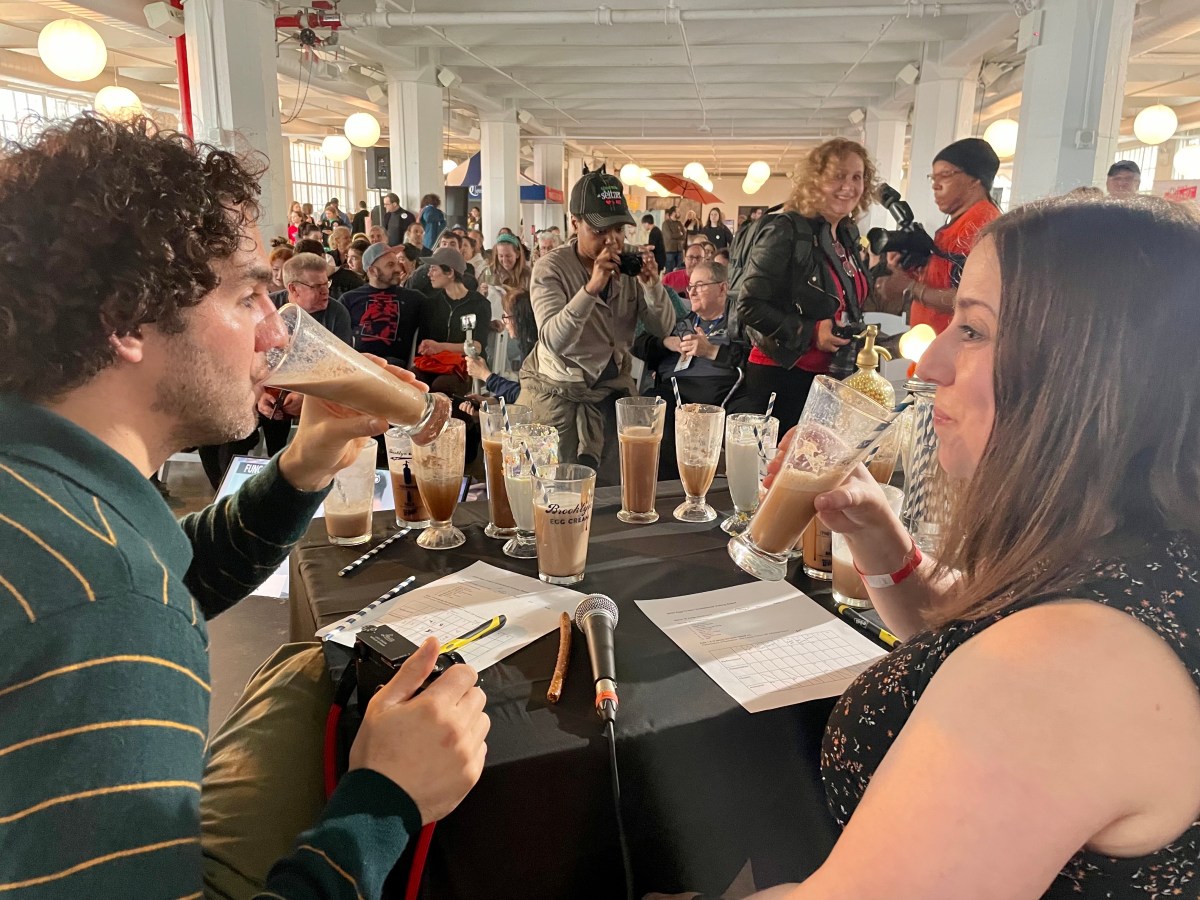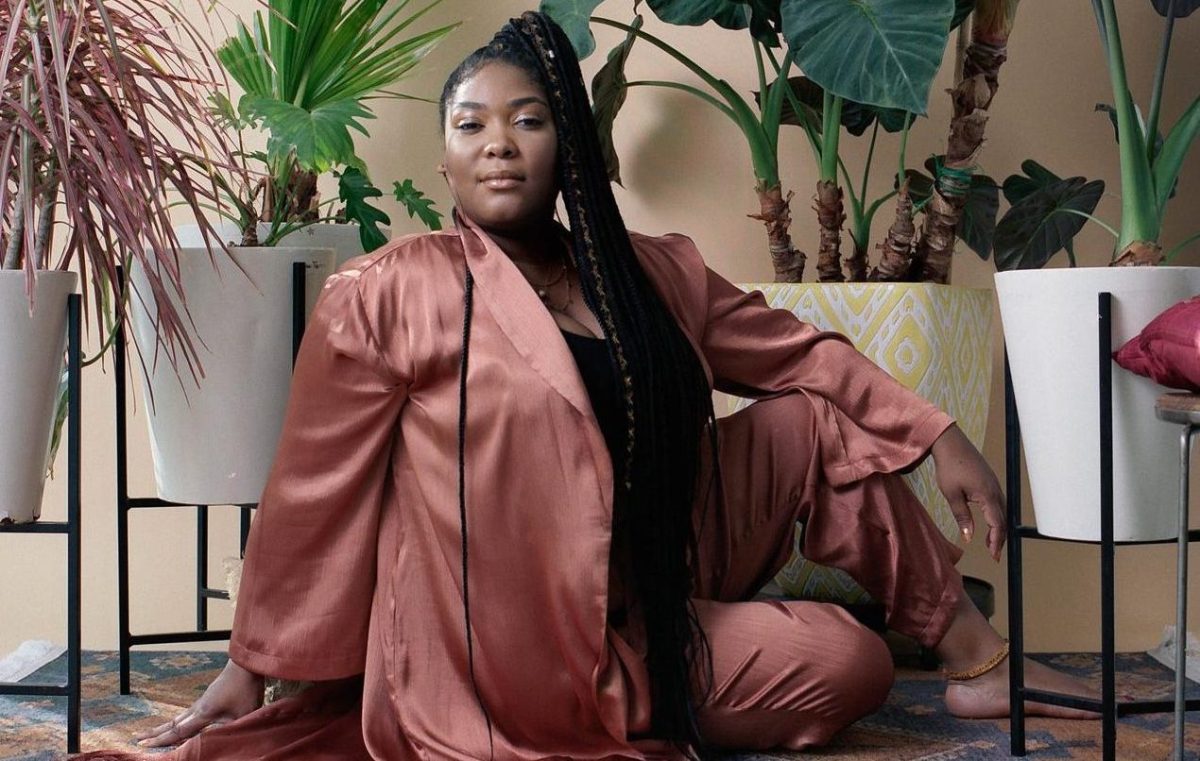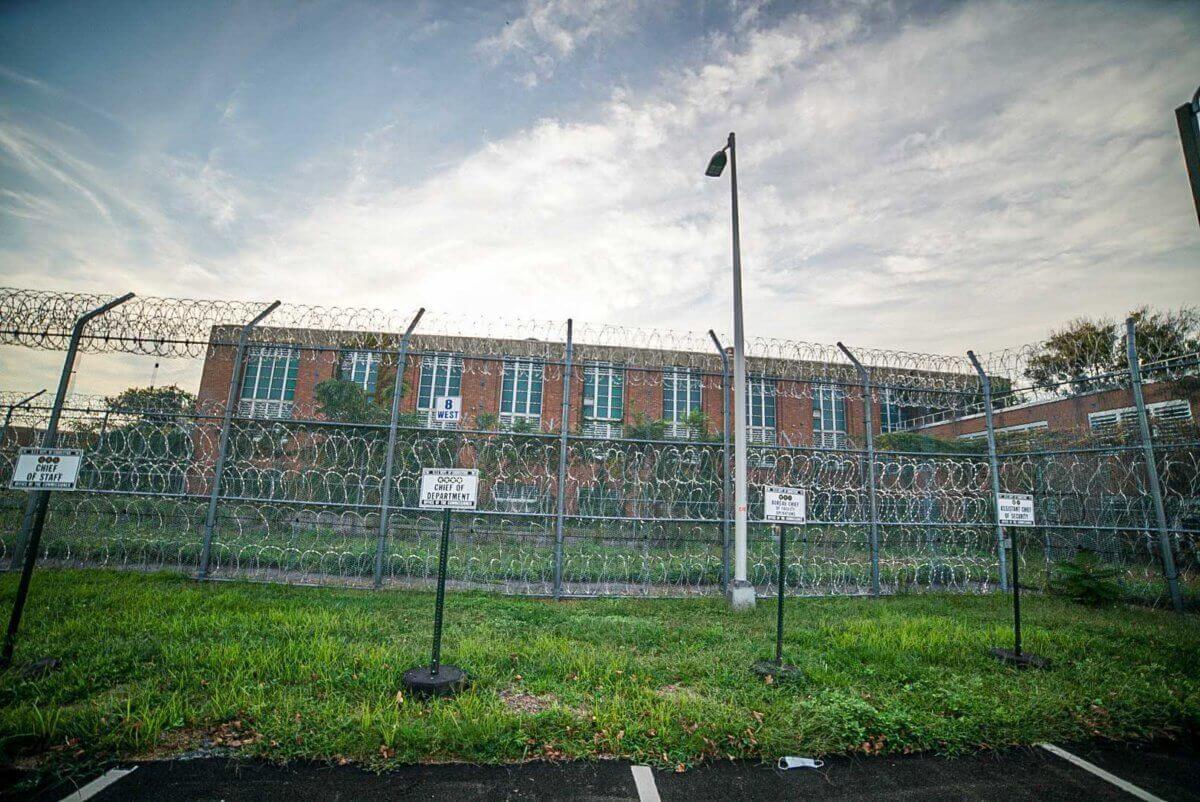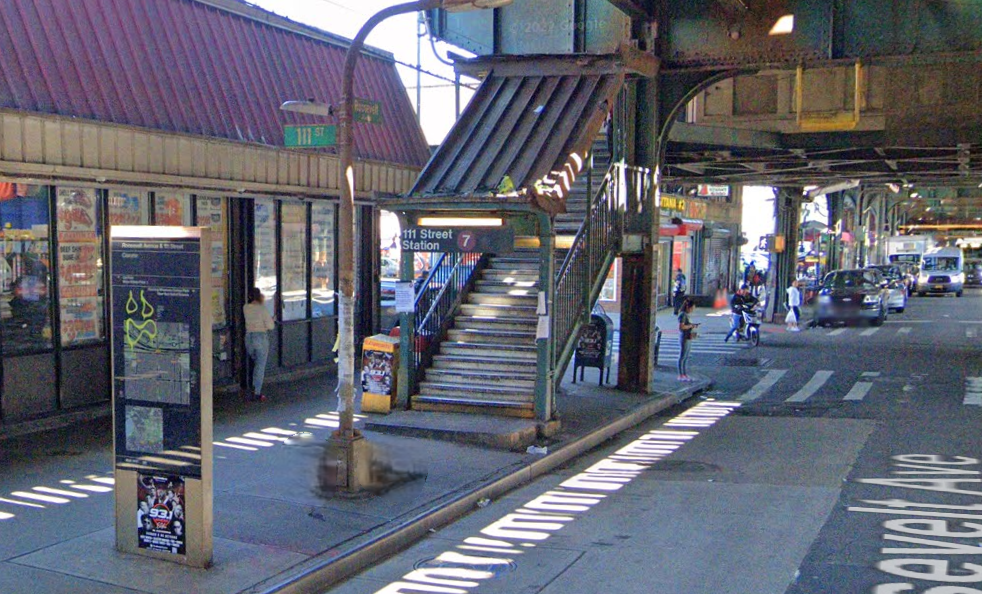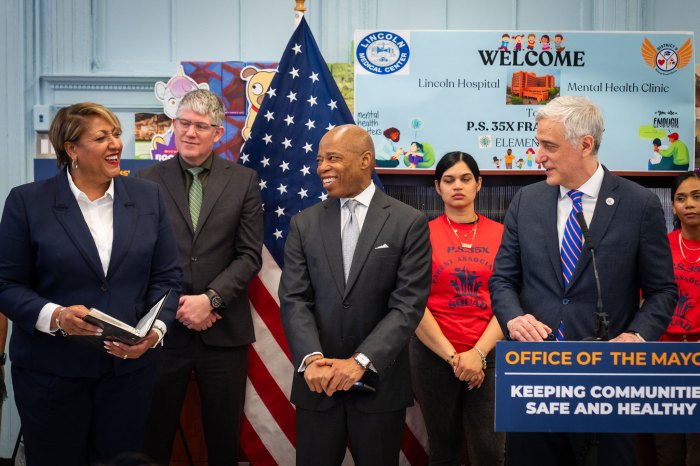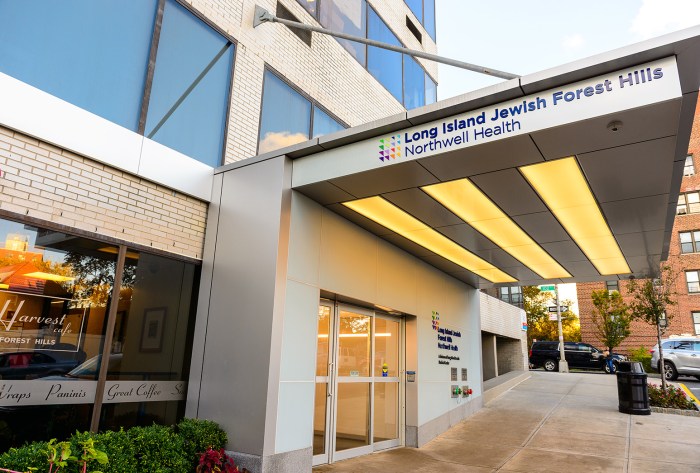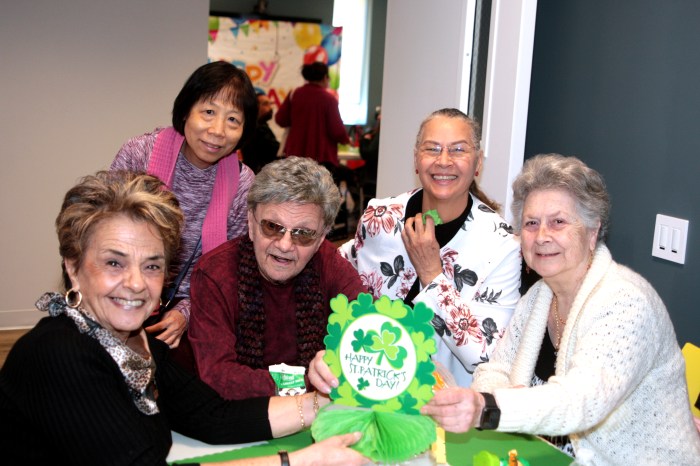By Lincoln Anderson
The origins of rap and hip hop are firmly situated in the 1970s Bronx. But there’s another neighborhood that also lays claim to having written an important chapter in the story of what is today perhaps the planet’s dominant musical and cultural force: the Lower East Side.
Unfortunately, the L.E.S. has never gotten its proper due for the part it played in this vibrant art form’s evolution.
Now, two brothers who grew up in the Bernard Baruch Houses project are aiming to bring that untold story to light. Troy and Kevin Harris are currently putting the finishing touches on a new two-part documentary film, “No Place Like Home: The History of Hip Hop in the Lower East Side.”
The film includes footage the brothers shot back in the 1970s and ’80s, as well as recent interviews with former and still-active emcees, dancers and graffiti artists reflecting on the Lower East Side hip hop scene. Almost everyone in the movie grew up somewhere in the broad swath of Housing Authority developments along the East River between E. 14th St. and the Brooklyn Bridge. It’s a close-knit community — and one of their enduring bonds has been hip hop culture.
Troy Harris recently screened a 30-minute preview of the film for The Villager and Clayton Patterson at Patterson’s Gallery and Outlaw Art Museum, at 161 Essex St.
Lean and fit with a clean-shaven head, Harris, 47, who still lives in Baruch, brimmed with enthusiasm as he described the film and its characters, whom he knows as friends and neighbors.
One of the documentary’s highlights is footage of KRS-ONE talking into Kevin Harris’s camera during an appearance on the Lower East Side. Kevin would do the filming while Troy would set up the interviews. While the famous rapper admits he grew up in Brooklyn and the Bronx, he says he spent time at the E. Third St. Men’s Shelter as a young man, and that it was during this period that he wrote his material for one of rap’s all-time top albums.
“I wrote ‘Criminal Minded’ in two places,” he says, “[sitting on a bench on] the Brooklyn Bridge and the Lower East Side. … And when I was in the shelter, there was this graffiti writer that used to put these black figures on the walls. I think it was REVS or COST.”
“No, it was Richard Hambleton!” Patterson interjected, referring to the “Shadowman” artist, while watching the film playing on his extra-large flat screen.
KRS-ONE also notes that scenes from Charlie Ahearn’s “Wild Style,” credited as being the first hip hop movie, were filmed at the East River Park amphitheater. In addition to Hambleton’s eerie figures, he recalls Tompkins Square Park as inspiring him.
Showing how everything is connected, Harris asked Patterson to back up the film and then go forward in slo-mo to see the late Eddie Garcia — a.k.a. “Fat Eddie,” the beloved Vladeck Houses youth activist who died a year ago — briefly visible in the background of the KRS-ONE interview.
As Harris explained it, there are “five elements” to hip hop: D.J.’ing, rapping/emceeing, dancing, clothing/style and graffiti. (Some hip hop purists count only four.)
As for the dance element, local Lower East Side legends proliferate in this hip hop history. There’s Wiggles, a break dancer who, Harris noted, could go spin-for-spin with anyone from the Bronx. And there’s the amazing Bam the Liquid Robot. The film features an extended clip of Bam “pop-locking” — doing intricate mechanical moves that would tie Gumby up in knots. Bam starred in the movie “Krush Groove,” performed with the Fat Boys, and also coached Fred Berry (Rerun) in his signature dance steps on “What’s Happening!!” Bam finishes off the clip by doing the funky-floppy Rerun dance.
The Lower East Side also was known for its “uprockers,” similar to break dancers, but mainly staying vertical, as opposed to doing spin moves on the ground. Chino-3 and Curly — who is now a grandmother, Harris noted with amazement — strut their quick-stepping stuff in the film.
There are also numerous emcees and D.J.’s, like Apache, Bad News, Kool A.D., Carly Carl, the well-known Sammy Sam, D.J. Ice and D.J. Brass Knuckles, who is also known for his graffiti writing.
“He’s got the five elements,” Harris said of Knuckles, who doesn’t use his graffiti tag name in the film to shield his identity.
Speaking of graffiti, there is, of course, a scene of Chico, a.k.a. Antonio Garcia — the father of the memorial mural — at work on a wall.
Harking back to hip hop’s roots, the preview film starts with Mario, now 50, playing the blues, the bedrock of American popular music. Evoking the gritty Lower East Side while strumming his electric guitar, he tells the sad tale of how his father came from the South and wound up killing a man.
“He shot a man down, right here on Avenue D,” Mario sings, looking into the camera, unblinking.
Another local, Malo, while not a rapper or D.J., was a part of the music scene as a trainer and bodyguard to J. Lo and Marc Anthony.
“Only the strong survive on the Lower East Side,” a shirtless Malo pronounces, his torso ripped.
Speaking of rough days on the L.E.S., although some of the emcees and D.J.’s were formerly in gangs — like Apache, for example, who used to run with the Dynamite Brothers — in the film they stress the positive aspects of the hip hop scene. One emcee paints a rosy picture, saying there really wasn’t any violence or drugs, that it was all about the music and the scene. Watching the clip at Patterson’s place, though, Harris scoffed and said knowingly that wasn’t true — there were drugs. But the Lower East Side was no worse than the Bronx in that regard, he said.
At points in the movie, people do flash a sign with their thumb and index finger, but it’s not a gang sign: It’s a proud “L” for Lower East Side.
Harris said Patterson — who has been documenting the neighborhood since the ’80s in photos, videos and books — was an inspiration to his brother and him in working on the project. Patterson recorded one of the only major videotapes of the 1988 Tompkins Square Park riot, and has a voluminous neighborhood photo archive. Meanwhile, in much the same way, the Harrises have recorded the life and culture of the Housing Authority developments.
“Between Troy and me, we basically cover the whole Lower East Side,” Patterson said, noting he also documented clubs like the Pyramid.
“I just know the streets,” Harris said of his subject matter.
“This is really black and Hispanic history of the Lower East Side in a way that’s never been done before,” Patterson stated of the brothers’ movie.
As for why the Lower East Side isn’t as well known in hip hop history as, say, the Bronx, Harris said it’s because the community is so ethnically diverse that it somehow doesn’t have the same cultural critical mass as other boroughs.
“It’s every man for himself,” he said of the Lower East Side’s M.O.
Harris’s brother, Kevin, 50, attended the private Little Red School House in the West Village, one of the few kids from the projects to do so, Troy noted. He went on to become one of the first black New Jersey state troopers, and is currently in California working on a companion book to the film.
Meanwhile, Donte Harris, Troy’s son, is continuing in his dad and uncle’s footsteps, as the host of “Holla Back TV,” an Internet and TV show. Also available on DVD, the show covers music, film, basketball and more.
“He does it all — he’s a young filmmaker,” his father said proudly.
The 30-minute preview of “No Place Like Home: The History of Hip Hop in the Lower East Side” will screen at Patterson’s Essex St. gallery on Sun., Aug. 21, at 2 p.m. People will first meet up at 1:30 p.m. at the BMW Guggenheim Lab, at the northeast corner of East Houston St. and Second Ave., then make their way down to Patterson’s.Afterward, at the gallery at 3:15 p.m., there will be an opening of a one-man show of gold-leaf artist Jerry Pagane’s painting.
Veteran neighborhood activists recently staged an anti-gentrification protest against the BMW lab, slamming it as just the latest hypocrisy. But Patterson said he supports the project and thinks it’s doing something good by giving back to the community. He noted he’s being paid for his involvement, as he believes others are, as well.
In addition, in another effort to put the Lower East Side and some of its personalities on the map, Patterson, Harris and Orlando Bonilla are teaming up on a special coloring book. Its illustrations will run the gamut of current and former local figures, from artists Peter Missing, Ai Weiwei and Jim Power, to laid-back biker “Freaky Fridge,” emcee Tru Life and current Kentucky basketball standout Doron Lamb, who grew up on the L.E.S., though news articles always just say he’s from Queens.
Similarly, Patterson and Harris said, Councilmember Charles Barron is only known as being from Brooklyn, but he really grew up on the Lower East Side.
“Barron started the Black Panthers on Avenue D; they were handing out food. Jayson Williams — his mother works at Gouverneur Hospital,” Harris noted of the fallen ex-Nets hoopster, adding that the late R&B singer “Luther Vandross is from the Smith projects — nobody knows that. This is what we’re talking about — the Lower East Side always gets lost in the history.”
With their new hip hop movie, at least, the Harris brothers are doing their part to ensure that a dynamic part of that history doesn’t get lost in the mix.
